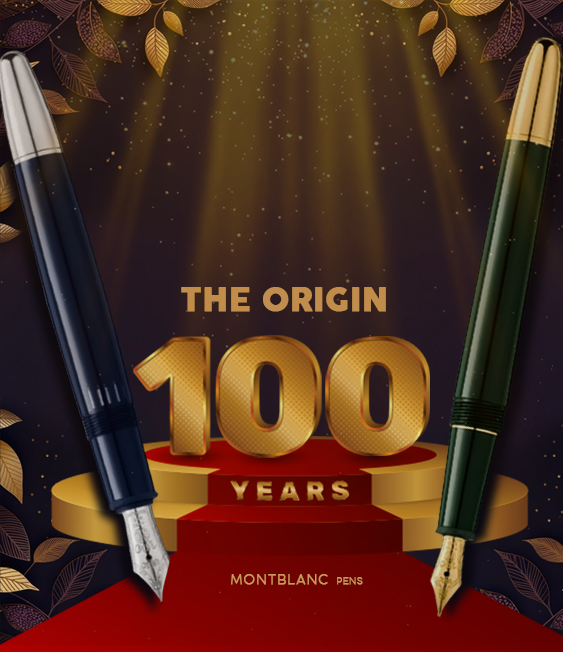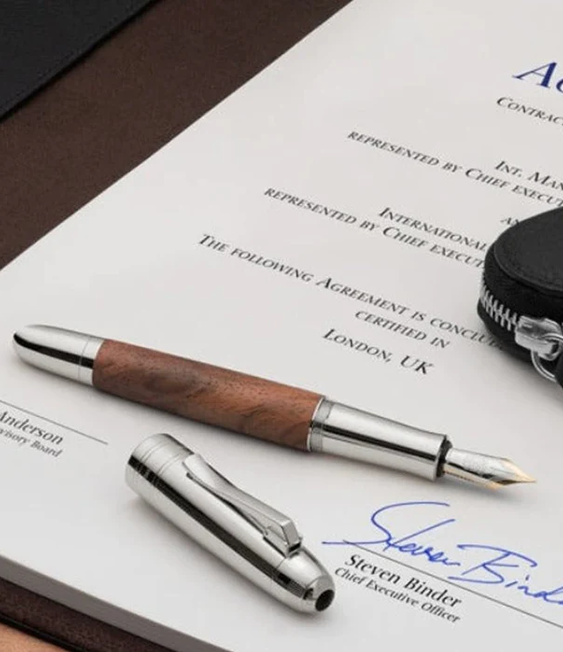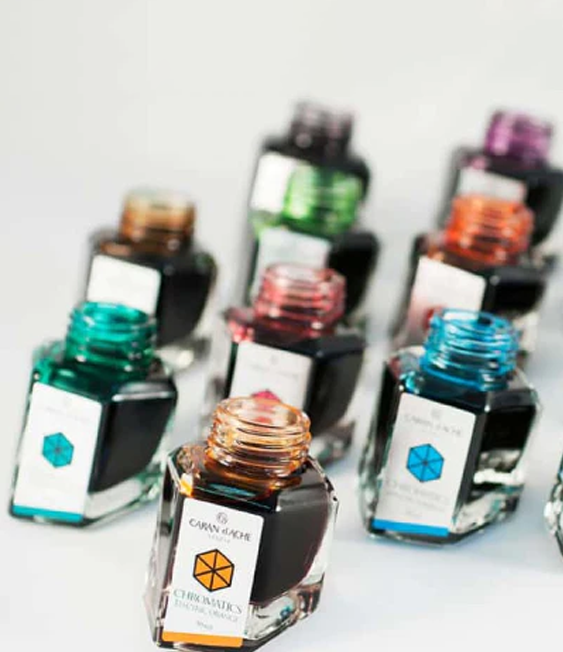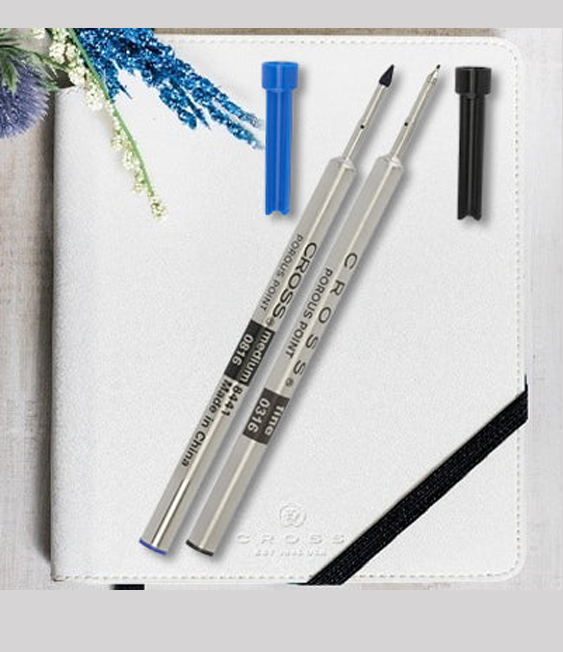It’s an arguable truth that mechanical pencils are the most convenient and all-purpose instruments ever created. They are a class all unto their own, and are so ingenuously effective and magnificent that their inherent marvels are on par with that of a lamp – even more so, many would argue.
Mechanical pencils, alternatively known as propelling pencils in the UK, typically have the body and feel of pens. Instead of ink, however, they tote replaceable graphite cores, alternatively known as lead or lead sticks. These sticks are not bonded to the device itself, and are designed to be used until they are worn down to the point where they can no longer be used. Mechanical pencils are additionally designed to maintain a consistent thickness and sharpness without ever needing to be sharpened. This unique longevity makes them ideal for technical drawing and long writing sessions.


There are generally only two types of mechanical pencils: propelling and clutch. Propelling pencils, in a method that is true to their name, push lead forward and out through the tip when a special mechanism is pressed. Clutch pencils use gravity; the aforementioned mechanism is held down, allowing the lead to drop freely through the tip. When the mechanism is released, inner jaws “clutch” the lead and hold it in place. When considering lead, mechanical pencils have about 13 different kinds, but the vast majority of those who use these instruments only use about two different kinds. 0.7mm and 0.5mm are the most common, respectively, and the other different lead versions can be a challenge to find.



Despite all these technical aspects, mechanical pencils are easy to use and understand, second only to ballpoint pens. Although there are some, albeit only a few, mechanical pencils that should be thrown away after their lead has expired, most are refillable. This process is extraordinarily simple, and only takes one test drive before you know how to do it like a pro.



First, you need to remove the plastic cap covering the pen’s eraser, should it have one, and then the eraser itself. Take a couple or so lead sticks and hold them gently in your palm. The size of the inner barrel of your mechanical pencil will determine how many lead sticks can fit in at once. You do not want to add too many, because then they can jam together it is a long, elaborate, frustrating process to get them all set to rights again. Check the inner compartment, and after determining that your small selection will fit, carefully drop the lead pieces into the barrel and put the eraser and its covering back in their proper place. Give pencil a few test clicks and if the lead appears then you have officially succeeded in this endeavor.







